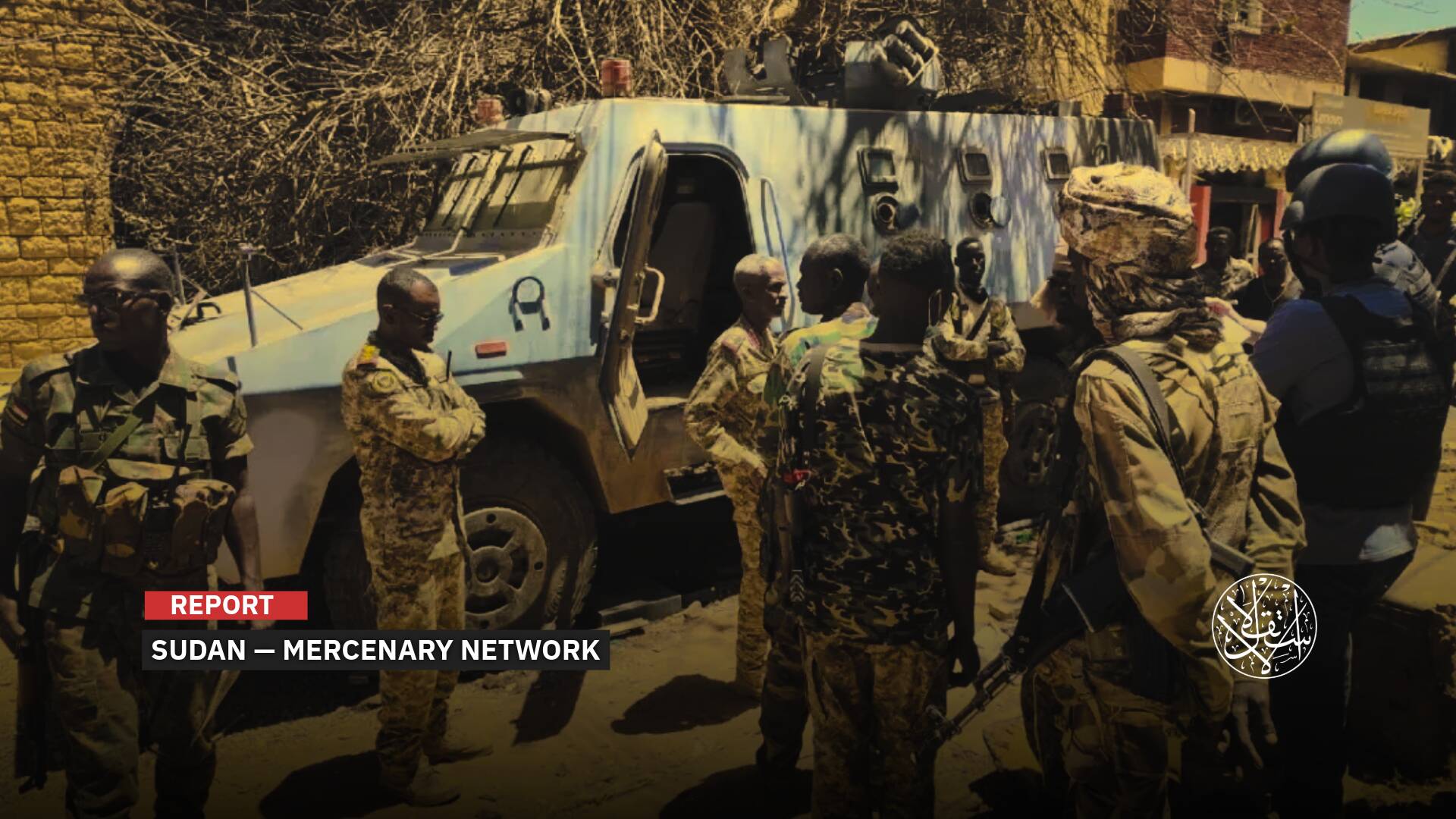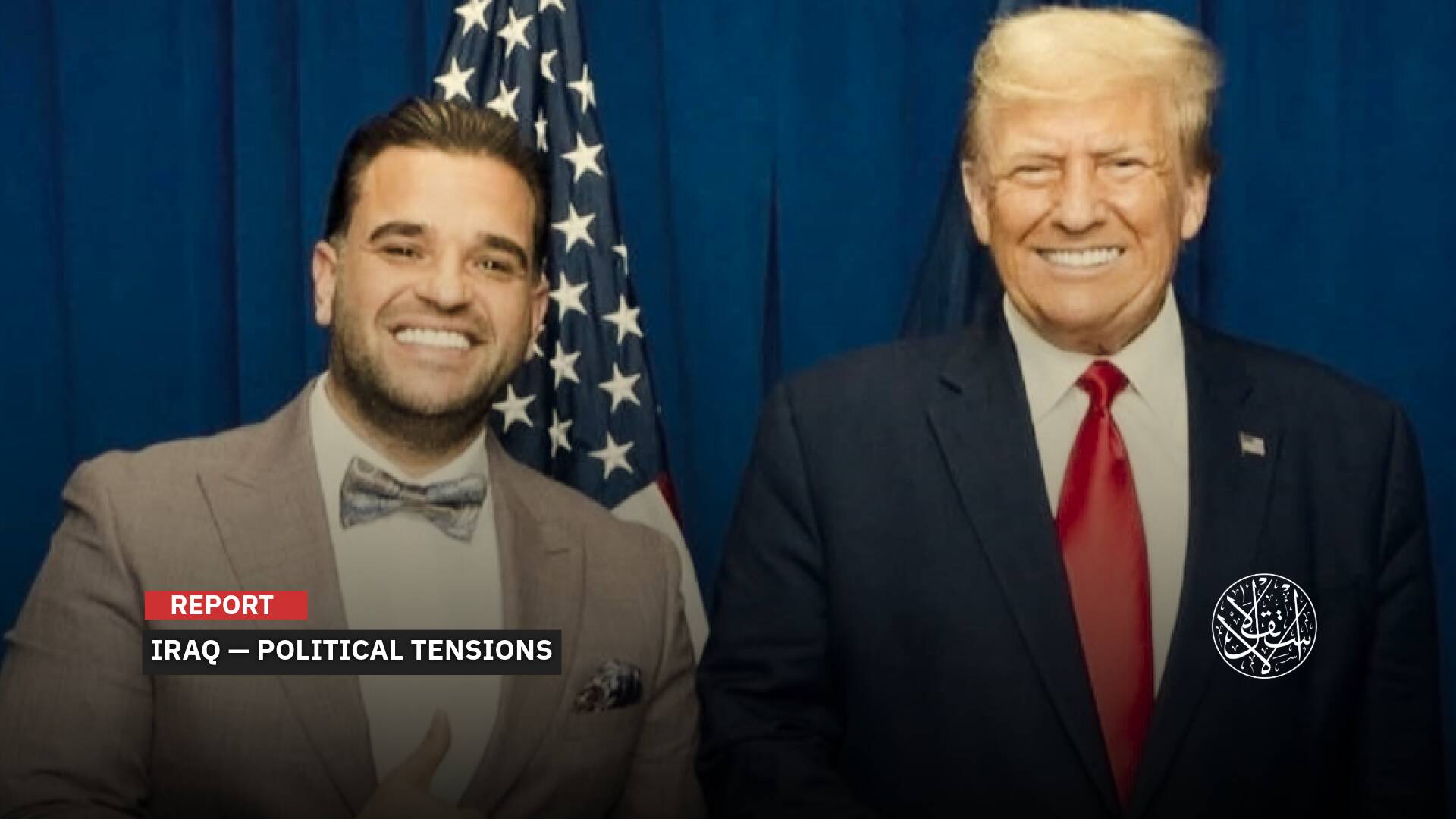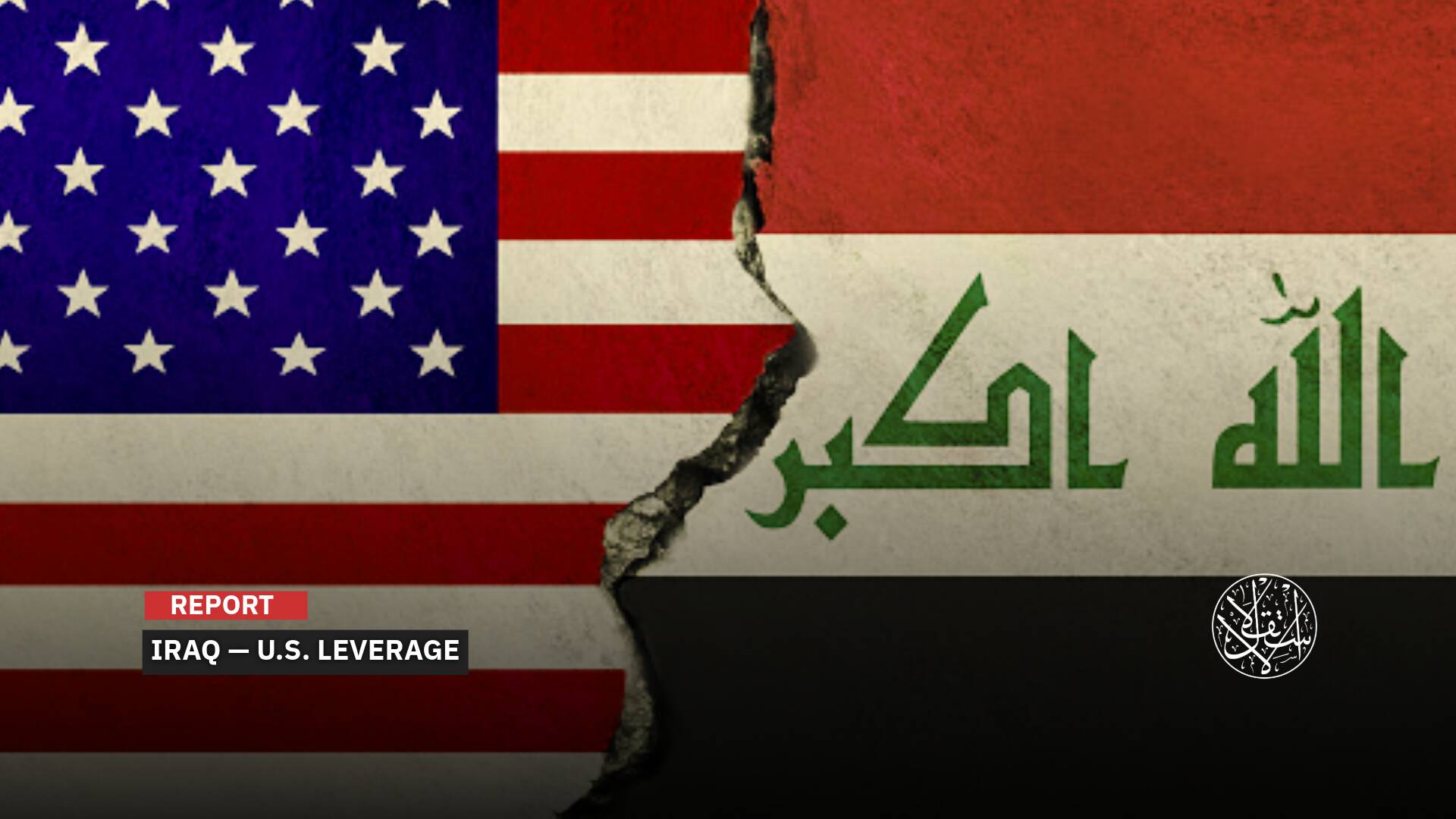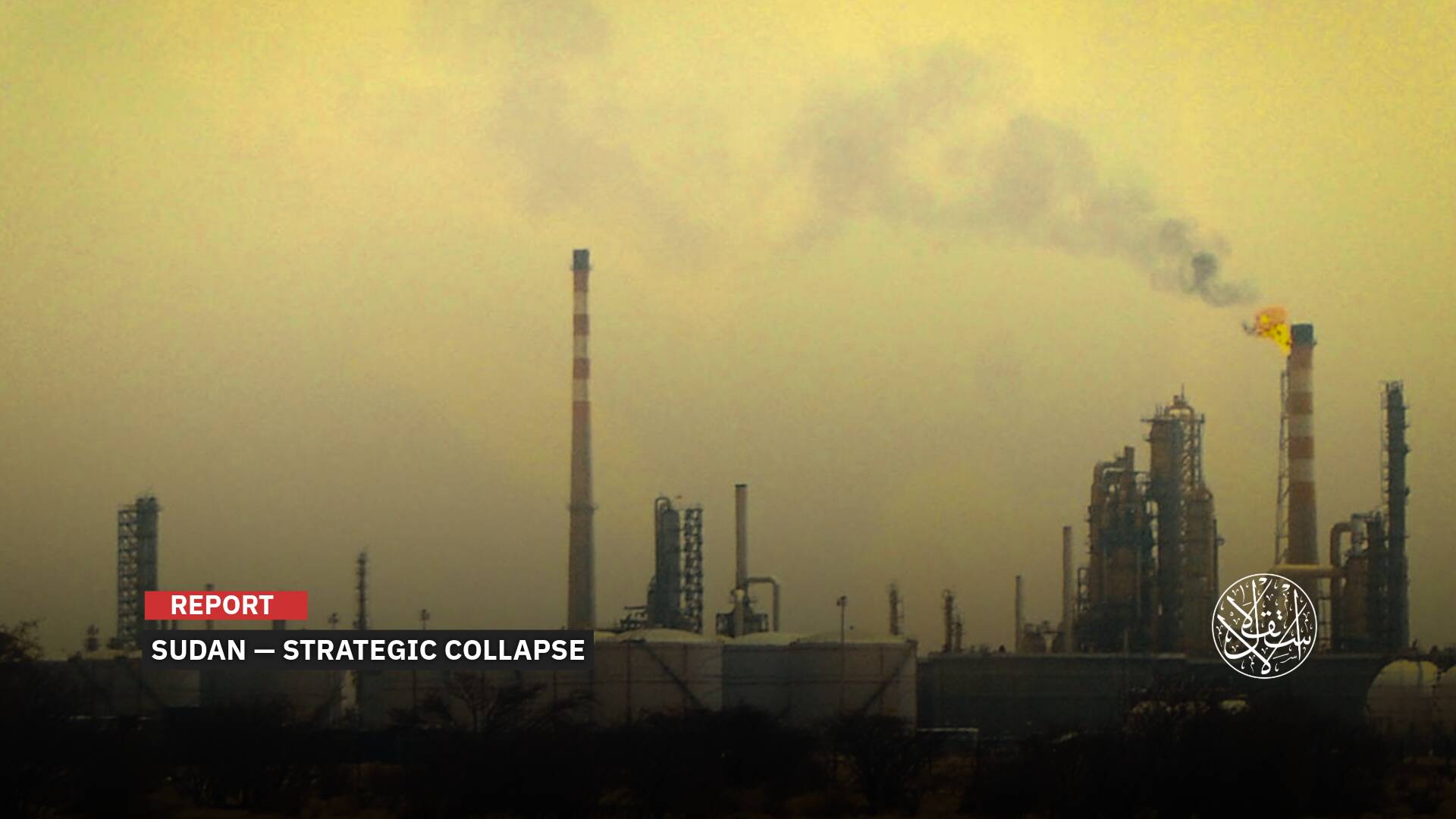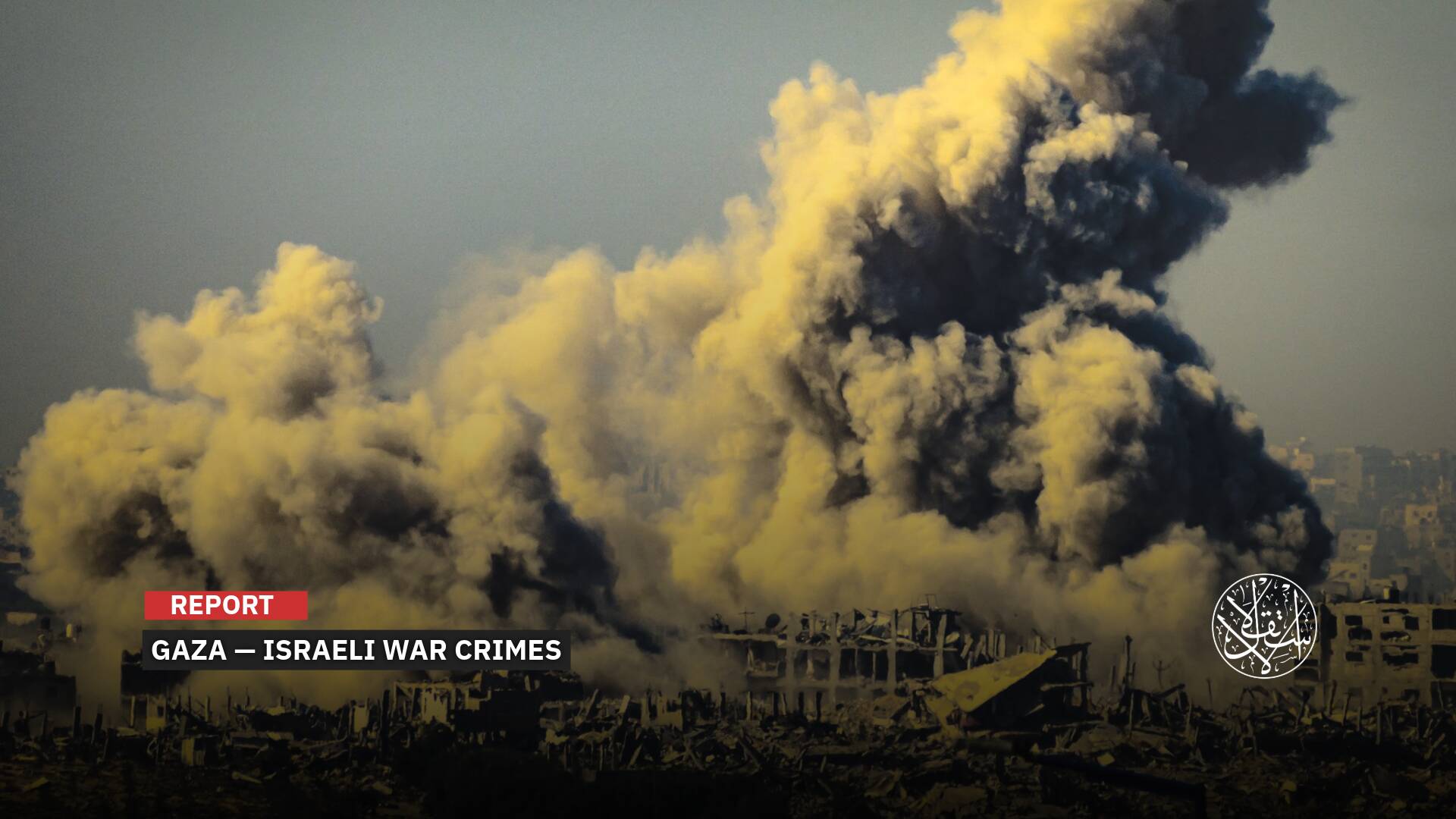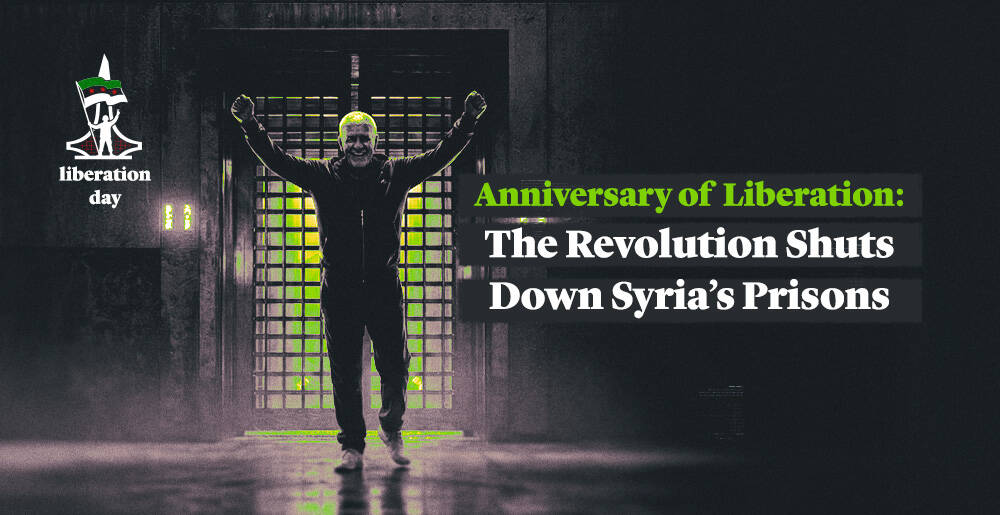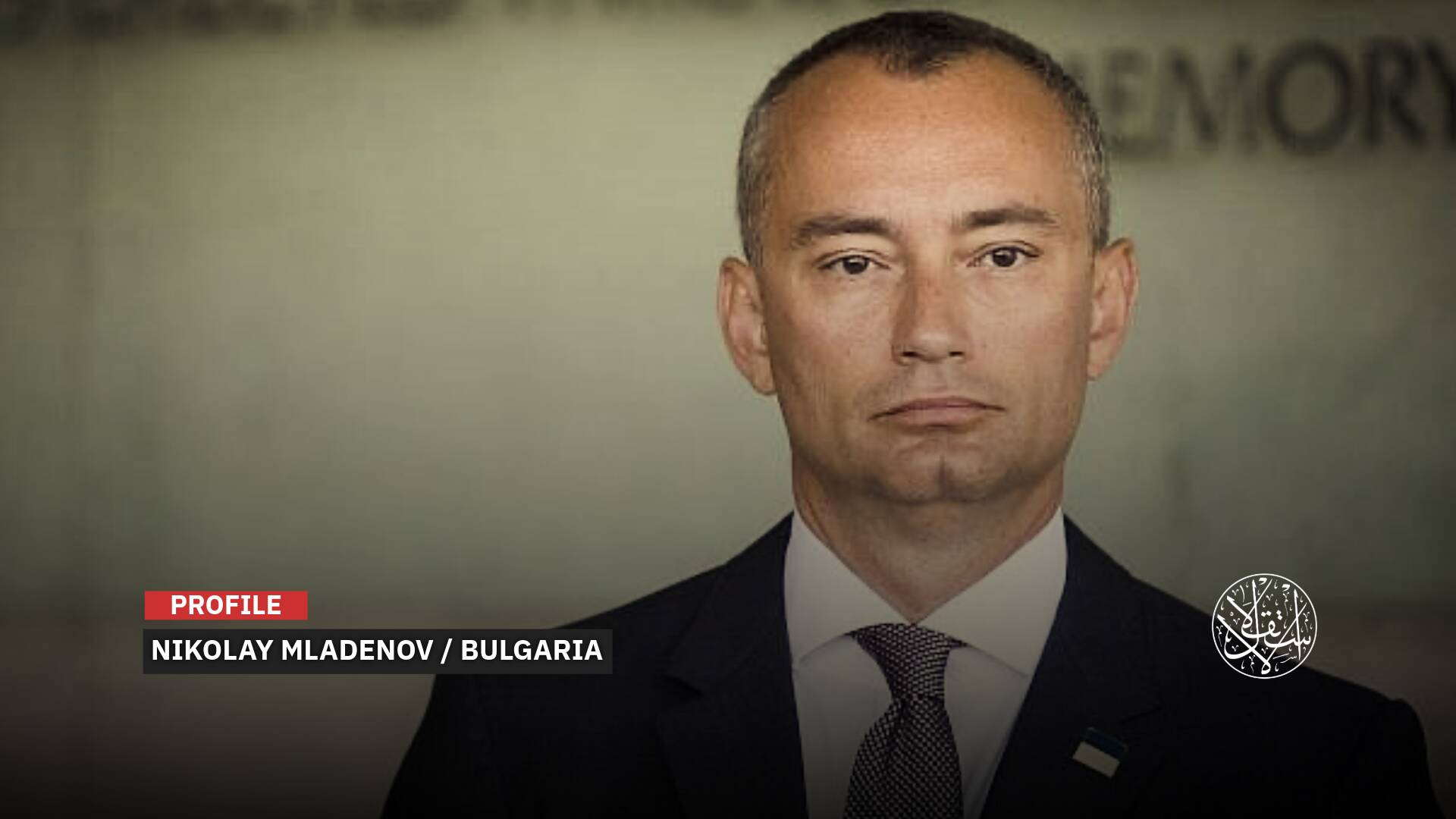Fakhrizadeh’s Scenario: Can ‘Israel’ Carry Out New Assassinations Inside Iran?

Less than a year after the incident, Western media revealed that “Israel” had assassinated the Iranian nuclear scientist, Mohsen Fakhrizadeh, with a new high-tech weapon equipped with artificial intelligence and multiple cameras operating via satellite, without the presence of agents on the ground.
On November 27, 2020, Fakhrizadeh was ambushed while traveling in his personal car on a rural road in Absard, Damavand, a city near the capital, Tehran, and the Iranian authorities accused the Israeli intelligence service (Mossad) of being involved in the assassination.
The precise details of the assassination of the nuclear scientist were revealed, which raised many questions about the possibility of repeating this scenario inside Iran, as well as the reflection of the situation on the conflict between Iran and “Israe”l in various fields.
On September 18, 2021, the New York Time revealed the details of the assassination in a report in which it was based on interviews with American, Israeli and Iranian officials, including two intelligence officials familiar with the details of the planning and implementation of the operation.
The report indicated that the assassination took place without the presence of any agents on the ground, by a killer robot capable of firing 600 rounds per minute, a new high-tech weapon equipped with artificial intelligence and multiple cameras operating via satellite.
An intelligence official familiar with the plan (whose identity was not revealed) explained that “Israel” chose an advanced model of a Belgian-made FN MAG machine gun linked to an advanced intelligent robot. He added that the system was not different from its counterpart, the Sentinel 20, which is manufactured by the Spanish company Escribano.
The machine gun, the robot, and the rest of the accessories combined weighed nearly a ton. Therefore, the equipment was dismantled into small pieces, and then smuggled to Iran in different ways and times, and then secretly reassembled there, according to the same source.
The report indicated that the robot was built to match the size of the tank of a Zamiad pickup car—commonly used in Iran—with cameras installed in multiple directions on the truck to give the wheelhouse a complete picture not only of the target and its security details, but of the surrounding environment.
Finally, the truck was rigged up so that it could be remotely detonated and shredded after the killing was over to destroy all evidence, according to the New York Times.
For the purpose of pinpointing the target, a car was placed on the side of Fakhrizadeh’s road, pretending to be disabled, and equipped with a satellite camera that sent images directly to the operation’s headquarters.
The report confirmed that the whole process took less than a minute, during which only 15 bullets were fired. Iranian investigators indicated that the bullets did not hit Fakhrizadeh’s wife, who was sitting a few centimeters away from him.

What was stated in the American newspaper’s report largely coincided with what was revealed by the semi-official FarsNews agency on November 29, 2021, which said that the operation lasted only about three minutes, and there was no human factor at the place of the assassination, and only remotely controlled automatic weapons were fired.
The Iranian agency indicated that Fakhrizadeh and his wife were traveling in a bulletproof car on the day of the accident, accompanied by three guard cars, on their way to Absard, Damavand, near Tehran.
She pointed out that one of the guard cars separated from the convoy, kilometers from the scene of the accident, with the aim of verifying and monitoring any suspicious movement, indicating that in the meantime, the sound of a few bullets targeting the car drew Fakhrizadeh’s attention and stopped the vehicle.
The agency added that Zadeh got out of the car, believing that the sound was caused by a collision with an external obstacle or a problem with the car’s engine.
After getting out of the car, a remote-controlled automatic machine gun—mounted on a pickup truck parked 150 meters away—fired a volley of bullets at him, hitting him with 3 bullets, one of which cut his spinal cord. Moments later, the truck was blown up.
On December 7, 2020, the deputy commander-in-chief of the Iranian Revolutionary Guard, Brigadier General Ali Fadavi, said that nuclear scientist Mohsen Fakhrizadeh was assassinated by a machine gun using AI, according to a statement he made to a local news agency.
Mehr news agency quoted Fadavi as saying that “the shooting was controlled via satellite and the Internet,” and that there were no armed men at the scene, noting that 13 bullets were fired from a machine gun that was focusing on Fakhrizadeh’s face with an advanced camera and using artificial intelligence.
Fadavi said that 11 guards were accompanied by Fakhrizadeh, and that the focus of the shooting was on the nuclear scientist’s face only, and that his wife was not injured even though she was 25 centimeters away from him.
He noted that the head of the Fakhrizadeh protection team was hit by four bullets because he threw himself at the nuclear scientist, and that there were no hostile personnel at the site to shoot the guards.

In light of what the American newspaper reported, confirming the Iranian narrative that “Israel” assassinated Zadeh using a new method, specialists saw that the assassination scenario could be repeated, and that the conflict between the two sides was continuing and would take many forms.
An expert on Iranian and regional affairs, Najah Mohammad Ali, said in an interview with Al-Estiklal that “regardless of the method used to assassinate Fakhrizadeh, the Zionist entity [“Israel”] will repeat whenever it manages to assassinate Iranian nuclear scientists, and this is on its list.”
Ali added that “since the Islamic revolution in Iran, the Zionist entity has considered Iran an existential enemy, and this matter is not limited to its nuclear scientists.”
He indicated that “the Mossad, with the recognition of the American media, has assassinated nuclear scientists, doctors, and great Iraqi minds since 2003.”
He continued: “Therefore, the war of the Zionist entity with Iran is a war of existence, and in return, Tehran and the axis of resistance in the region and in occupied Palestine will carry out such operations whenever they they will be able to, as 5 Israeli generals were killed in a mysterious way after the assassination of Fakhrizadeh, some of which are linked to the Israeli nuclear program.”
Ali pointed out that “the war between Iran and the axis of resistance with the Zionist entity is a war of existence, as both parties know this, and it is not possible in any way for normalization to take place between them, and a truce may occur at some time according to the regional and international conflict equations.”
He explained: “As happened after the issue of the tanker owned by the Zionist state and the accusations against Iran of blowing it up, there were threats and warnings, but they remained silent because there are understandings taking place under the Iranian–Western table towards calm, and that the United States in particular does not want to open a conflict with Iran.”
Therefore, he saw that Washington “committed the Zionist entity not to go beyond the limits of confrontation in a way that obstructs such understandings.”
The expert on Iranian affairs pointed out that “the Western–Iranian understandings are necessarily reflected in the intensity of the conflict between Iran and the Zionist entity, and this is what we witness from time to another in places of conflict between the two parties in Lebanon, Syria, Iraq, Yemen, and Palestine.”
Ali indicated that “manifestations of this understanding towards calm appeared in Lebanon when the government was formed with the arrival of the first fuel ship from Iran.”
As for Iraq, “we noticed it after the arrival of [Iraqi Prime Minister Mustafa] al-Kadhimi from Washington and the blessing of the Iraqi factions, led by the Fatah Alliance, for the so-called withdrawal of U.S. forces, despite the change in the tasks of the forces from combative to advisory.”
He added, “Therefore, the war is a debate between the two sides, and certainly including the cyber battle, where Iran was able to penetrate the sewage system, drinking water, and security services in Israel.”
The war of spies is also raging between the two countries, as Iran has recruited ministers, including the agriculture minister who is currently imprisoned inside “Israel,” and the latter, in turn, has recruited individuals for it, and after its normalization with the Gulf states, it is now able to recruit Iranians to travel to these countries, as Ali said.

The Hebrew newspaper Haaretz also dealt in its report on September 20, 2021, with what the New York Times revealed, regarding the assassination of the Iranian nuclear scientist, Fakhrizadeh, which it described as “meaningless and with no strategic value.”
The newspaper considered that what was mentioned in the New York Times report on the assassination, “reads as the scenario of a Hollywood horror movie: Robot Assassin 1,” noting that “Former Mossad chief Yossi Cohen, whose role will certainly be played by Tom Cruise [American actor], won advantage of planning the operation."
As for then Prime Minister Benjamin Netanyahu, he targeted Zadeh publicly as the one responsible for the Iranian nuclear program, and decided to assassinate him during the transitional period in the White House, after Donald Trump was defeated in the elections and before Joe Biden replaced him, according to the newspaper.
It pointed out that “Netanyahu hopes that killing the scientist will thwart every attempt by the new administration to return to the nuclear agreement with Tehran.”
It stressed that “although the successful assassination demonstrates the ability of Mossad to implement and the ability of Netanyahu and Cohen to persuade the Trump administration, yet more than anything it is reveals the meaninglessness of such showy operations.”

Haaretz estimated that Iran did not have to respond to the assassination of the sceintist Zadeh, because even without him it is rapidly advancing to the status of a “edge state” with radioactive material to quickly arrange a nuclear bomb.
It pointed out that “the killing of the Iranian scientist is an example of investing large technological, diplomatic, and financial capabilities in a tactical operation of no strategic value.”
The newspaper pointed out that “the achievement that Netanyahu boasted so much, persuading Trump to withdraw from the nuclear agreement, now turns out to be a record of a self-imposed goal, as he has only loosened some of the reins imposed on Iranian activity.”
Therefore, it believes that “Israel” has not succeeded in deterring the Iranians, in mobilizing the international community for an operation against Tehran, or in deterring the Joe Biden administration from its attempts to return to the abandoned agreement.
It further stated that “the result of Netanyahu’s tripartite failure is evident in the almost obvious threats of his successor, Naftali Bennett, that Israel will attack Iran itself, in a desperate attempt to thwart its nuclear plan at the penultimate moment.”
It continued, “Bennett has already prepared arguments, because he does not, like his predecessor, dare to attack, claiming that Netanyahu neglected preparing for the attack, and it is doubtful that Israel would have backing for such an operation, if it risks the price of a devastating blow on the home front.”
The newspaper pointed out that “in the meantime, it is important to remember the lesson, that even ‘robot assassins’ need smart operators, and that operational boldness is not a substitute for rational policy.”


